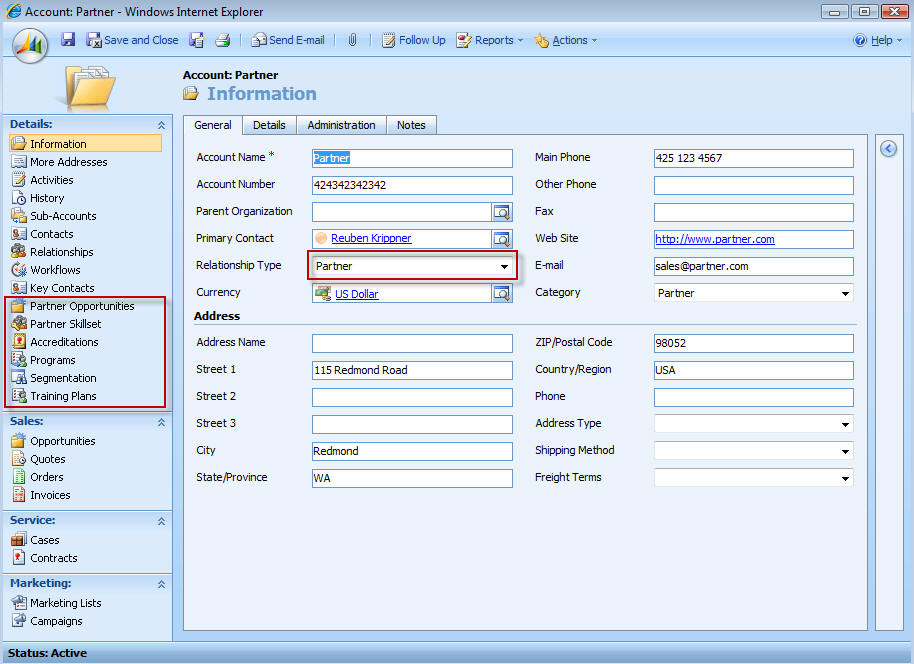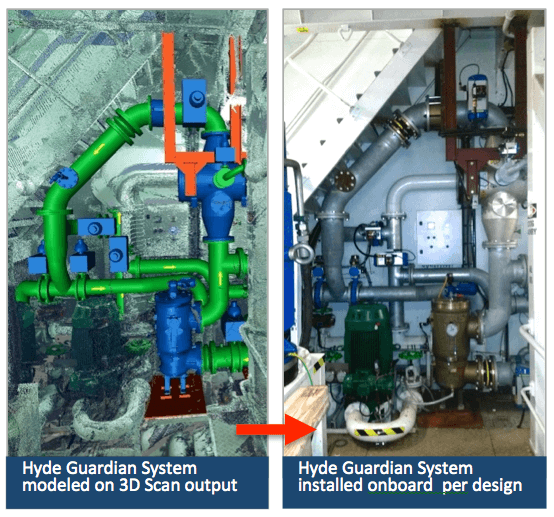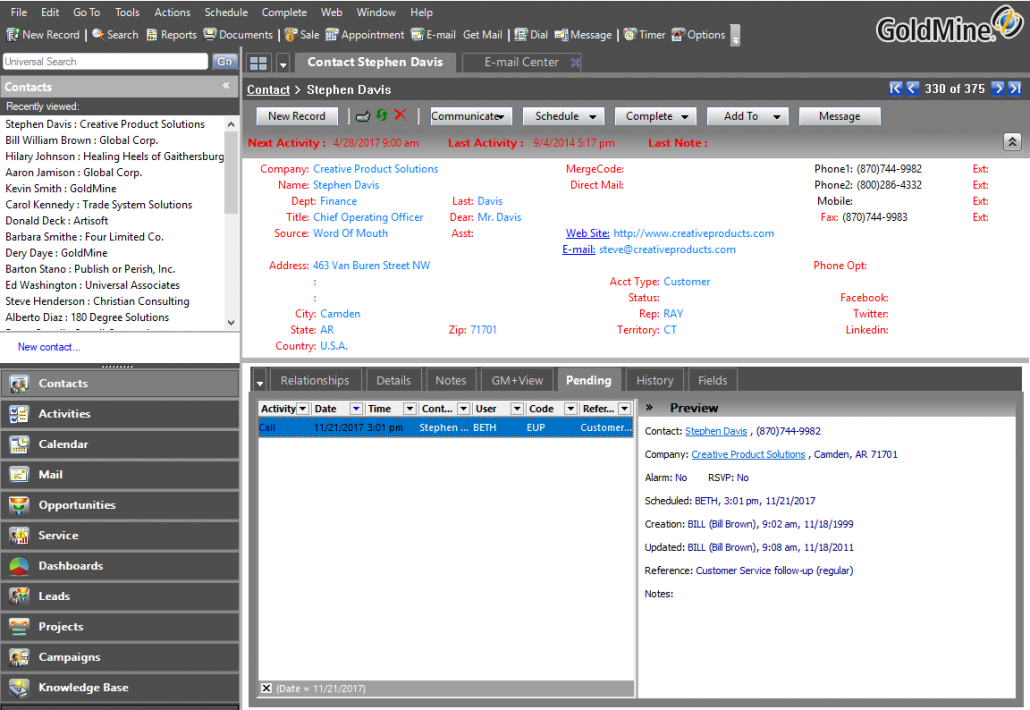

Recent studies indicate that coronaviruses (CoVs) have evolved various strategies to evade the autophagy–lysosome pathway. (E) LC3-associated endocytosis (LANDO), similar to LAP, shares signaling complexes with macroautophagy and leads to the degradation of endocytosed components.Īutophagy is a crucial and conserved homeostatic mechanism for early defense against viral infections. (D) LC3-associated Phagocytosis (LAP) shares signaling complexes with macroautophagy and leads to the degradation of phagocytosed components. Several complexes are involved in this process: the ULK complex and the ClassIIIPI3K/BECLIN1 complex for the initiation step, the Ub-like conjugation complexes, and the ATG9 complex for the elongation step. (C) Macroautophagy is characterized by the formation of double-membrane vesicles (autophagosomes) which ultimately fuse with the lysosome.

(B) Chaperone-Mediated Autophagy (CMA) is responsible for the degradation of KFERQ-containing proteins through their interaction with Hsc70 and the lysosomal receptor LAMP2A. (A) Microautophagy is characterized by the lysosomal degradation of cytosolic components through a direct invagination of lysosomal membranes. The lysosome is a central organelle for the processes of autophagy and associated pathways.

| Different processes of autophagy and associated pathways. In this review we describe several links between autophagy and regulation of innate immune responses and we provide an overview of how viruses exploit these links for their own benefit. Published reports related to this last viral strategy have extensively grown in recent years. Controlling the signals that lead to production of these cytokines is a perfect way for viruses to escape from innate immune responses and establish successful infection. The control of viral replication and spread involves the production of anti-viral cytokines. The arms race between hosts and pathogens has led some viruses to evolve strategies that enable them to benefit from autophagy, either by directly hijacking the autophagy pathway for their life cycle, or by using its regulatory functions in innate immunity. Many studies have shown that it can also play a role in the control of innate immunity by preventing exacerbated inflammation and its harmful effects toward the host. Autophagy dysfunction is often associated with inflammatory diseases. This process is a key player in innate immunity and its activation has anti-microbial effects by directly targeting pathogens and also by regulating innate immune responses. Autophagy is a lysosomal degradation pathway for intracellular components and is highly conserved across eukaryotes.


 0 kommentar(er)
0 kommentar(er)
